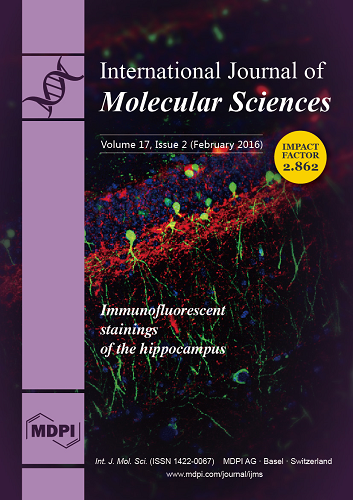Tea leaves contain abundant flavan-3-ols, which include dihydroxylated and trihydroxylated catechins. Flavonoid 3′-hydroxylase (F3′H: EC 1.14.13.21) is one of the enzymes in the establishment of the hydroxylation pattern. A gene encoding F3′H, designated as
CsF3′
H, was isolated from
Camellia sinensis with a homology-based cloning technique and deposited in the GenBank (GenBank ID: KT180309). Bioinformatic analysis revealed that
CsF3′
H was highly homologous with the characterized
F3′
Hs from other plant species. Four conserved cytochrome P450-featured motifs and three F3′H-specific conserved motifs were discovered in the protein sequence of
CsF3′
H. Enzymatic analysis of the heterologously expressed
CsF3′
H in yeast demonstrated that tea F3′H catalyzed the 3′-hydroxylation of naringenin, dihydrokaempferol and kaempferol. Apparent
Km values for these substrates were 17.08, 143.64 and 68.06 μM, and their apparent
Vmax values were 0.98, 0.19 and 0.44 pM·min
−1, respectively. Transcription level of
CsF3′
H in the new shoots, during tea seed germination was measured, along with that of other key genes for flavonoid biosynthesis using real-time PCR technique. The changes in 3′,4′-flavan-3-ols, 3′,4′,5′-flavan-3-ols and flavan-3-ols, were consistent with the expression level of
CsF3′
H and other related genes in the leaves. In the study of nitrogen supply for the tea plant growth, our results showed the expression level of
CsF3′
H and all other tested genes increased in response to nitrogen depletion after 12 days of treatment, in agreement with a corresponding increase in 3′,4′-catechins, 3′,4′,5′-catechins and flavan 3-ols content in the leaves. All these results suggest the importance of
CsF3′
H in the biosynthesis of 3′,4′-catechins, 3′,4′,5′-catechins and flavan 3-ols in tea leaves.
Full article






